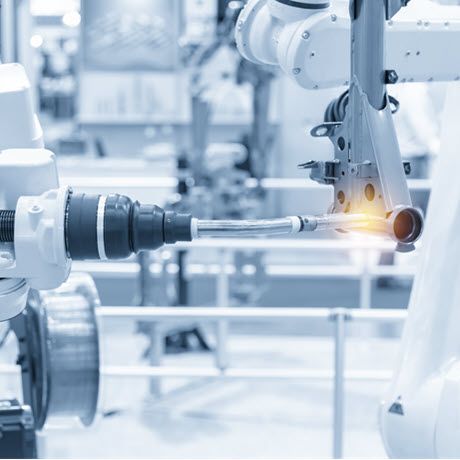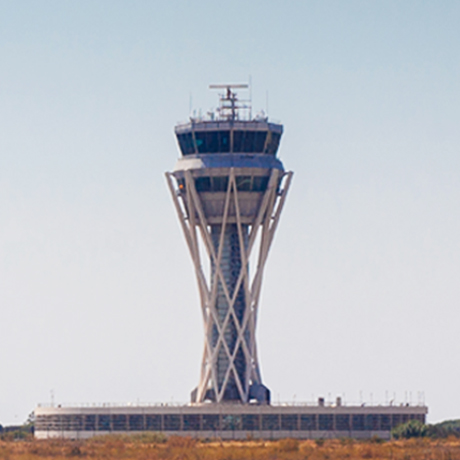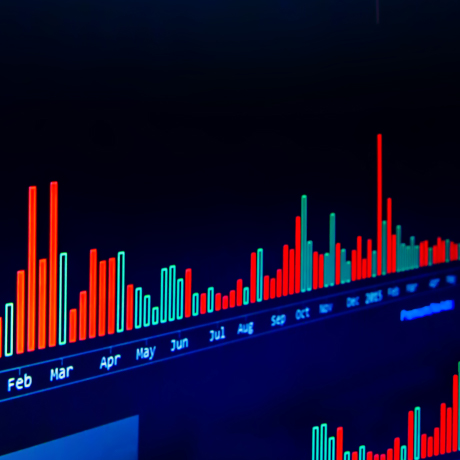In recent months machine learning has suddenly become central to discussions in the C-suite. The approach has proved itself beyond all expectations during this period of pandemic-induced disruption. Prior to the outbreak, on average, we would expect to see the introduction of machine learning systems lead to a 15 percent improvement in the accuracy of demand forecasts when compared to statistically based systems. Following the pandemic shock, the level of improvement compared to statistical based systems has gone up several-fold. We are now seeing improvements of the order of 40 percent. This level of improvement in forecast accuracy has a massive impact on inventory and working capital – issues of critical importance at this time.
Cash Is King
The impact of the coronavirus pandemic has made demand forecasting at one and the same time both more critical than ever before as well as much more difficult to execute well.
The current unprecedented level of business unpredictability is the result of wildly fluctuating supply combined with huge variance and uncertainty in demand over both the short and medium term. As a result, cash is king. In short, the task of managing working capital has become a nightmare for every chief executive.
The urgency of this situation is encouraging the C-suite to try out new ways to understand and manage the impact of the shock. This is the moment when planning teams should be turning to machine learning to improve their demand forecasting, in the knowledge that the approach can hit the sweet spot, where increased speed in response times matches that of improved accuracy.
Cross-Industry Impact
Machine learning systems are still in the early days because few companies have experience of such systems and their current lack of integration with common forecasting software. Despite the challenges, machine learning is starting to be applied to demand planning in a range of industries, particularly those that face the challenge of managing large inventories.
In cases where it has been applied, we have seen that a one percent increase in the accuracy of the demand forecast leads to a reduction of at least 0.5 percent in the inventory carried, translating directly into freed-up capital.
Based on the starting point of firms in terms of capabilities and inventory management, the impact we observe can lead up to cutting the inventory in half.
In cases where it has been applied, we have seen that a one percent increase in the accuracy of the demand forecast leads to a reduction of at least 0.5 percent in the inventory carried, translating directly into freed-up capital
Though there is some variation in the machine learning tools being applied, all approaches are designed to detect variations and similarities in different parts of the supply and distribution chain, including from sales data. Unlike with traditional systems, they are able to easily incorporate external key performance indicators (KPIs) and data streams.
The first step with any such system is to train the machine learning algorithm. Once this has been done, any changes in demand patterns not only become apparent within a much shorter timeframe than with traditional methods but do not require manual adjustment to respond to them. Updated forecasts are calculated automatically. This not only significantly reduces the time and effort it takes for a business to respond to changes in the sales patterns, but also increases the accuracy of its forecasts, while at the same time reducing overall costs in planning and operations.
Faster And More Responsive
The impact of COVID-19 was a sudden and unforeseen shock to the markets. The initial lack of data made it impossible for businesses to create reliable forecasts in responding to the new situation no matter whether using machine learning or other statistical techniques. In this difficult situation, many companies’ demand planning teams resorted to making manual forecast adjustments based solely on their market view and experience. While this might have been essential in the circumstances, at least in the early weeks following the initial shock, such an approach is not only very time consuming but is often highly inaccurate.
Machine learning’s speed in responding to the changed circumstances thrown out by Covid-19 gives it a clear advantage over traditional approaches. Whereas with a statistical based system the planning team often has to wait several months for sales results to become available before they can produce forecasts that respond to changes, machine learning systems can achieve the same result within a much-reduced timeframe and with a massive reduction in manual effort.
While each industry varies in the complexity of its value chain and its data availability, our experience shows that it typically takes only three to four weeks of data for machine learning systems to pick up such changes in retail trends and two to three months in the aerospace industry
In one particular distribution company, for instance, we found that it took just two months of data for the algorithm to establish changes in the signal and to generate a new forecast compared to nearly twelve months before – a six-fold improvement. Prior to the introduction of the machine learning system, the size of the forecasting task meant that it simply wasn’t possible for the planning team to respond to changes in the monthly demand data.
While each industry varies in the complexity of its value chain and its data availability, our experience shows that it typically takes only three to four weeks of data for machine learning systems to pick up such changes in retail trends and two to three months in the aerospace industry (see Exhibit). This depends very much on the speed of the industry and the evolution of the underlying demand drivers.
Exhibit 1: Machine Learning Can Pick Up Changes Across Industries
Oliver Wyman Research based on 2020 project data
More Accurate And Insightful
Machine learning algorithms can handle much larger amounts of data from more diverse sources than manual systems. The learning algorithm will automatically pick up new and emerging patterns and trends that show variance to regular patterns, such as cyclical sales behaviors.
Another reason machine learning typically leads to more accurate and insightful forecasts is that in cases where the algorithm shows that a key performance indicator used by the company is not correlated to sales, it will be automatically discarded. In a classical forecast model, assessing whether or not a key performance indicator is relevant is much more problematic for the team. And because machine learning can make sense of almost unlimited data, it can detect hidden patterns that traditional approaches are likely to miss.
As already mentioned, machine learning systems typically have a big impact in improving the accuracy of planning forecasts.
Exhibit 2: Distribution Of Cases For Which Machine Learning Or A Statistical
Forecast Yields A More Accurate Result
Oliver Wyman Research based on 2020 project data
For instance, for one leading business-to-business retailing company machine learning yielded a more accurate forecast in 71 percent of the 28,000 stock keeping units. After the pandemic shock machine learning achieved a ~40 percent improvement in the accuracy. In consequence, its inventory levels could be reduced by ~50 percent, thereby freeing up vital capital.
Making Planning More Cost Effective
By definition, machine learning methods incorporate a high level of automation and the forecast can be updated automatically at any time. This level of automation ensures that the demand planning teams are free to focus on sharpening the parameters used in the forecasting models. The resulting reduction in manual effort ensures lower costs in maintaining and updating planning forecasts.
The rapid changes in the business environment resulting from the Covid-19 pandemic have underlined the vital importance of automating forecasting procedures within the supply chain. In particular, the pandemic has shown machine learning systems to be invaluable in inventory control and demand planning, freeing up much needed working capital.










